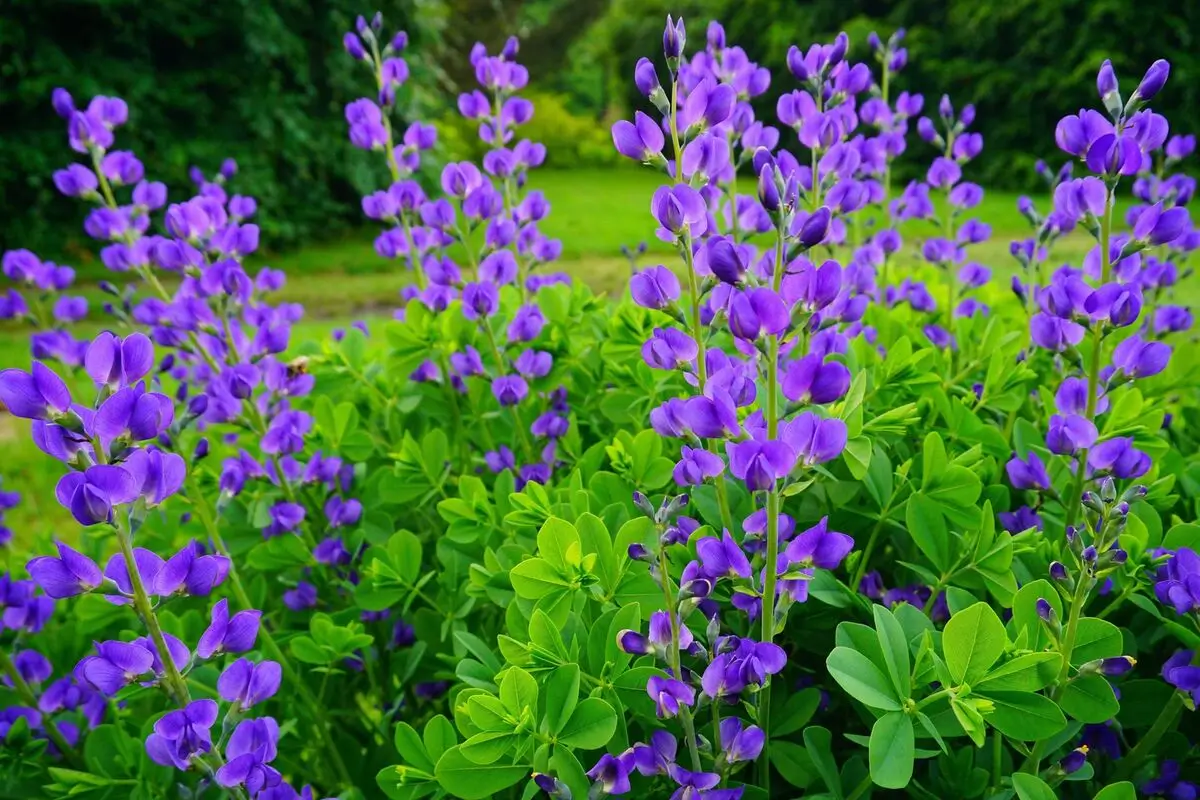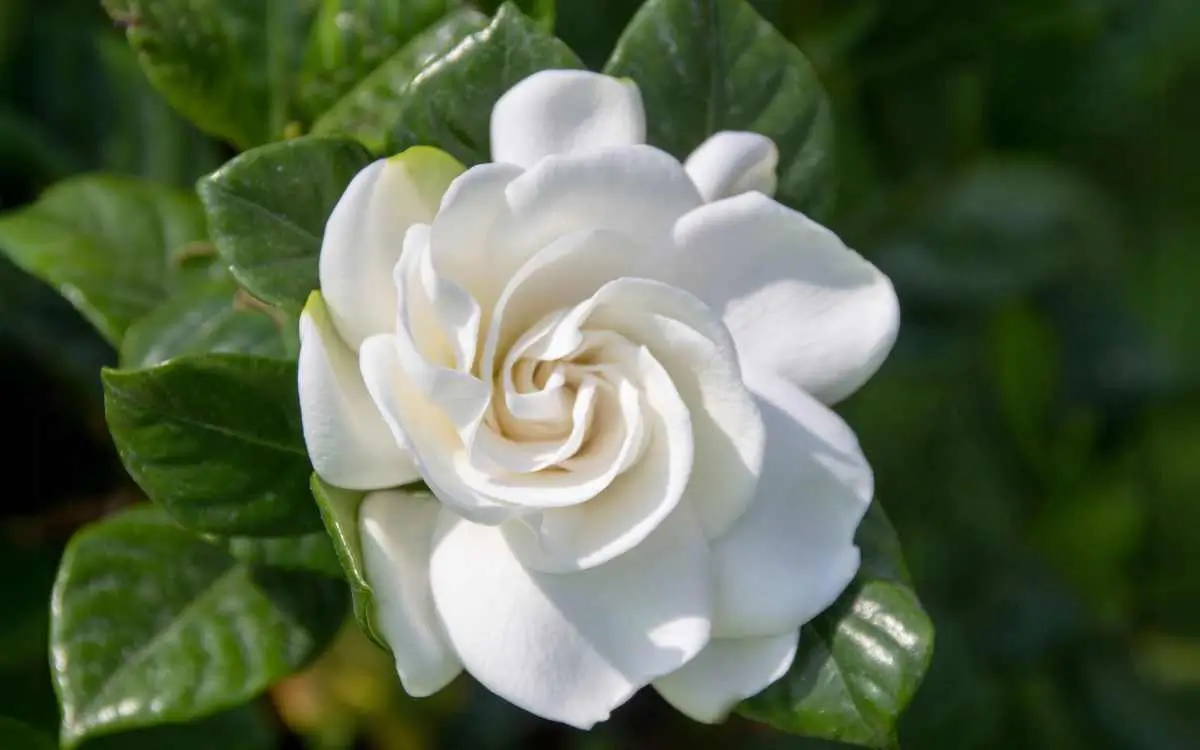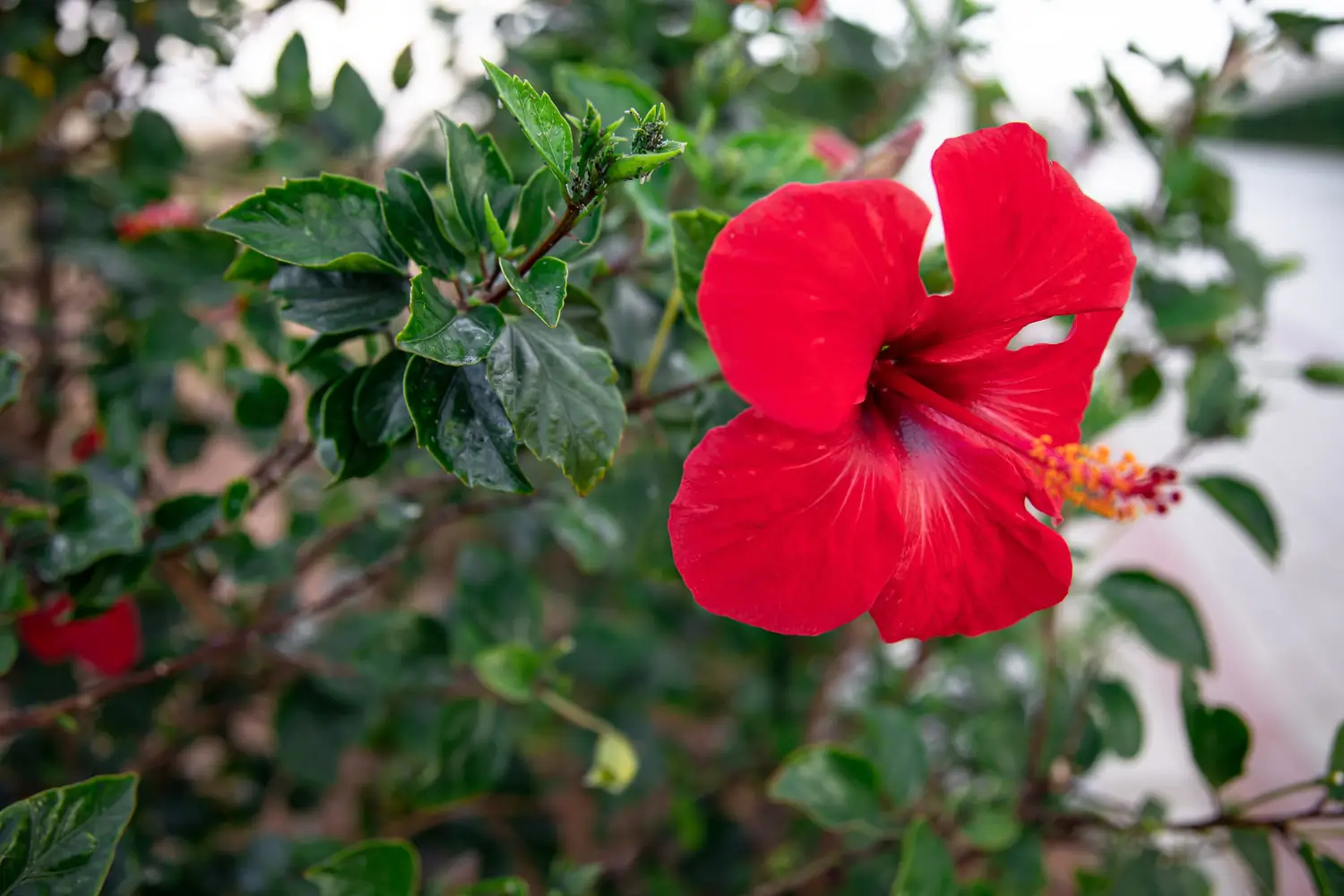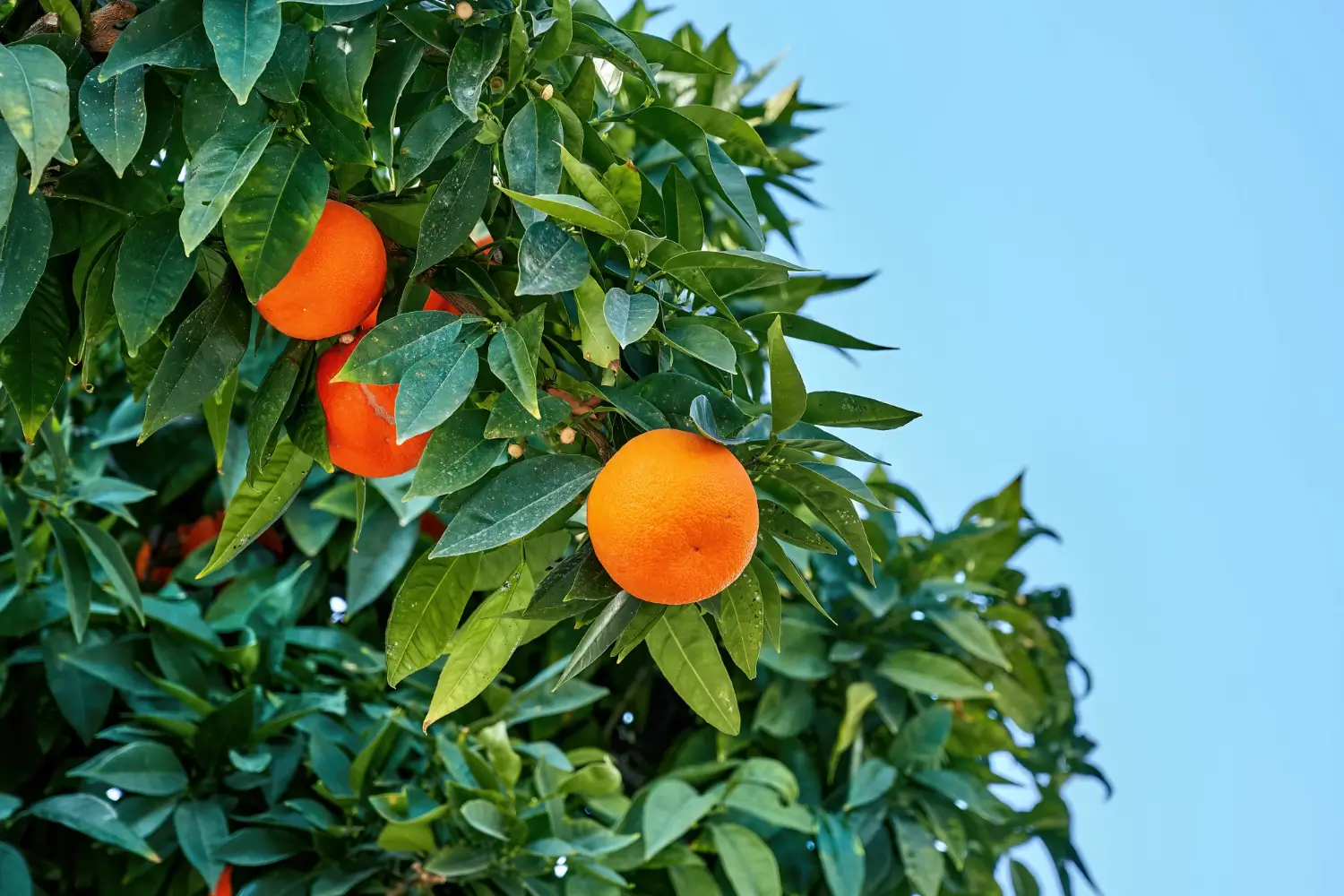
Soil Health & Fertilization
We unite suppliers and green industry professionals worldwide
Xerochrysum, commonly known as the Strawflower, is one of the most spectacular and long lasting native wildflowers of Australia. Its papery petals, vibrant color and extended flowering season have made it a favorite of gardeners and florists for centuries
By Mariam Scott
|Published on June 20, 2025
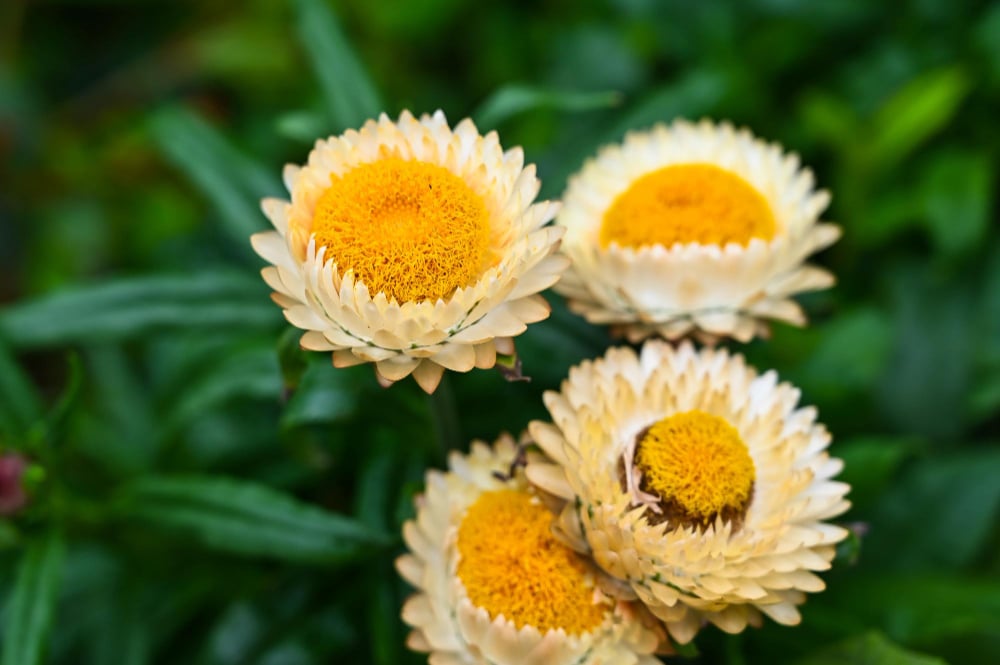

Ever dreamt of a flower that looks freshly picked long after it’s dried?
Xerochrysum, commonly known as the Strawflower, is one of the most spectacular and long lasting native wildflowers of Australia. Its papery petals, vibrant color and extended flowering season have made it a favorite of gardeners and florists for centuries. The bloom’s unusual texture—like crepe paper kissed by the sun—gives it exceptional value both in the garden and in dried arrangements.
Part of the daisy family (Asteraceae), Xerochrysum bracteatum is appreciated for more than its good looks—it’s also resilient. It loves poor soil, resists drought and bursts with color from spring to autumn. This true all-rounder fits seamlessly into native landscapes, wildflower meadows, pots, borders, or even modern xeriscapes.
Whether you’re looking for a low-effort color filler or want to create the flowers for your own everlasting bouquet, Xerochrysum brings big beauty with minimum fuss. It's the plant that keeps giving—long after its fresh petals have faded.
| Common Names | Strawflower, Everlasting Daisy, Golden Everlasting |
| Botanical Name | Xerochrysum bracteatum |
| Type | Annual or short-lived perennial (depending on climate) |
| Height | 12 to 36 inches (30 to 90 cm) |
| Sunlight | Full sun |
| Soil | Well-drained, sandy to loamy; prefers low fertility |
| Water | Light once established; drought-tolerant |
| Hardiness Zones | 9–11 (USDA) |
| Time to Bloom | Spring to late fall (and even winter in mild areas) |

September 25, 2025
9 minute read
September 24, 2025
9 minute read
September 23, 2025
10 minute read
September 22, 2025
9 minute read


Join as a seller and connect with thousands of B2B buyers nationwide!
Sign Up
Xerochrysum is one of the easiest and most rewarding natives to cultivate. All it requires to thrive is some sunlight, some airflow and freely draining soil. Unlike many showy flowers, it actually prefers poor conditions—fertile soil may result in lots of foliage but fewer flowers.
Strawflowers are fast to grow, suitable for quick color or seasonal infill. Deadhead regularly to keep the blooms coming, and in native gardens, they pair well with grasses and other dry-climate perennials.
Full sun is essential. Xerochrysum likes full sun where it will receive 6 – 8 hours of direct sunlight each day. If it doesn’t get enough sun, it can get leggy and flower less.Ideal for open gardens, rockeries, and sunny containers.
Strawflowers are easy to please, but drainage is crucial. They prefer sandy or loamy soils and do not like waterlogged conditions. Lean soils replicate their natural conditions and, in fact, even promote more generous blooming.
Water the plant lightly and deeply, then let it dry out before watering it again. Xerochrysum is naturally drought-tolerant once established.
Avoid overhead watering which can damage the flowers and encourage mildew.
Deadheading is the main form of pruning for Strawflowers and helps prolong the blooming season. Light pruning can also influence the shape and rejuvenate a tired specimen.
When to prune:
What to prune:
Why it helps:
Xerochrysum is usually grown from seed, but can also be grown from cuttings.
From seed:
From cuttings:
Strawflowers do wonderfully in containers, where their upright form and vibrant colours shine.
Container tips:
Pair with other drought-lovers like sedum or kangaroo paw for a striking display.
In zones 9–11, Xerochrysum may survive mild winters as a short-lived perennial.Elsewhere, it is best treated as an annual or overwintered indoors.
In-ground:
In pots (cold climate):
You can also save seeds from spent blooms and sow again next season.
Blooming is the star feature of Xerochrysum—and it doesn’t disappoint. Expect constant colour from spring through late autumn.
Tip: For dried arrangements, cut flowers before they are fully open and hang upside-down in a dry, airy place.
Strawflowers are generally free of pests and diseases if grown in the appropriate conditions.
Watch for:
Ensure good spacing, avoid overhead watering, and prune as needed for airflow.
A true native standout, Xerochrysum delivers months of stunning colour with almost no effort. I Its tough nature, bright papery blooms, and low water needs make it a go-to plant for gardeners who want lasting impact with minimal input. Whether you’re creating an eternal bouquet, planting a pollinator patch or just brightening up a sunny bed, Strawflower delivers the drama — and keeps on giving.
They are generally grown as annuals, but in warm zones can be short-lived perennials.
Yes! Strawflowers are famous for drying beautifully. Pick before flowers fully open and hang upside-down in a cool dry place.
Varying, anywhere from 12 inches (compact) to 3 feet high, depending on variety.
Yes — bees, butterflies and hoverflies love their flashy flowers.
Not ideal. They require bright sunlight and good air circulation to prevent mildew and remain compact.

Soil Health & Fertilization
Victor Miller
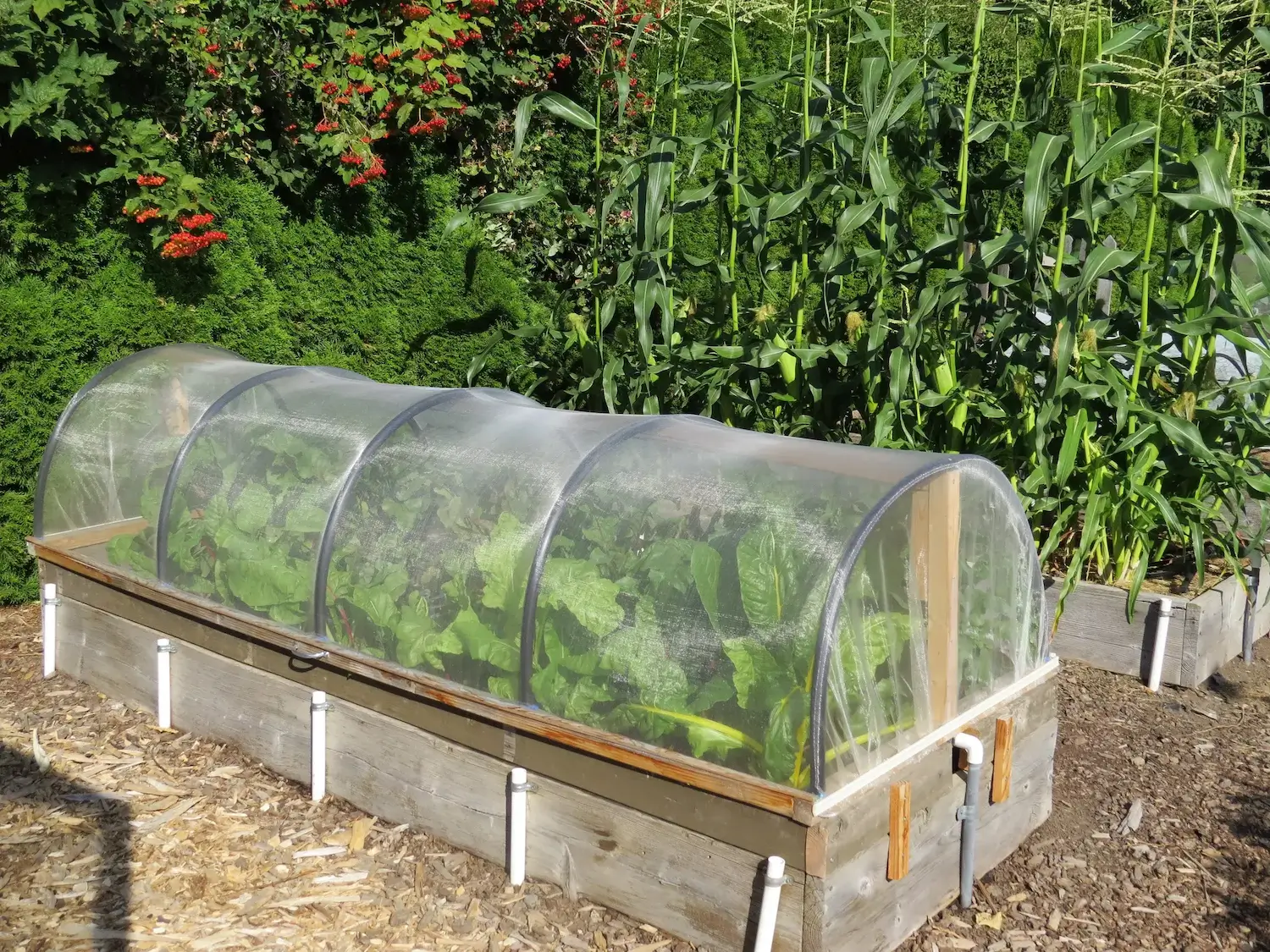
Pest Identification & Prevention
Victor Miller
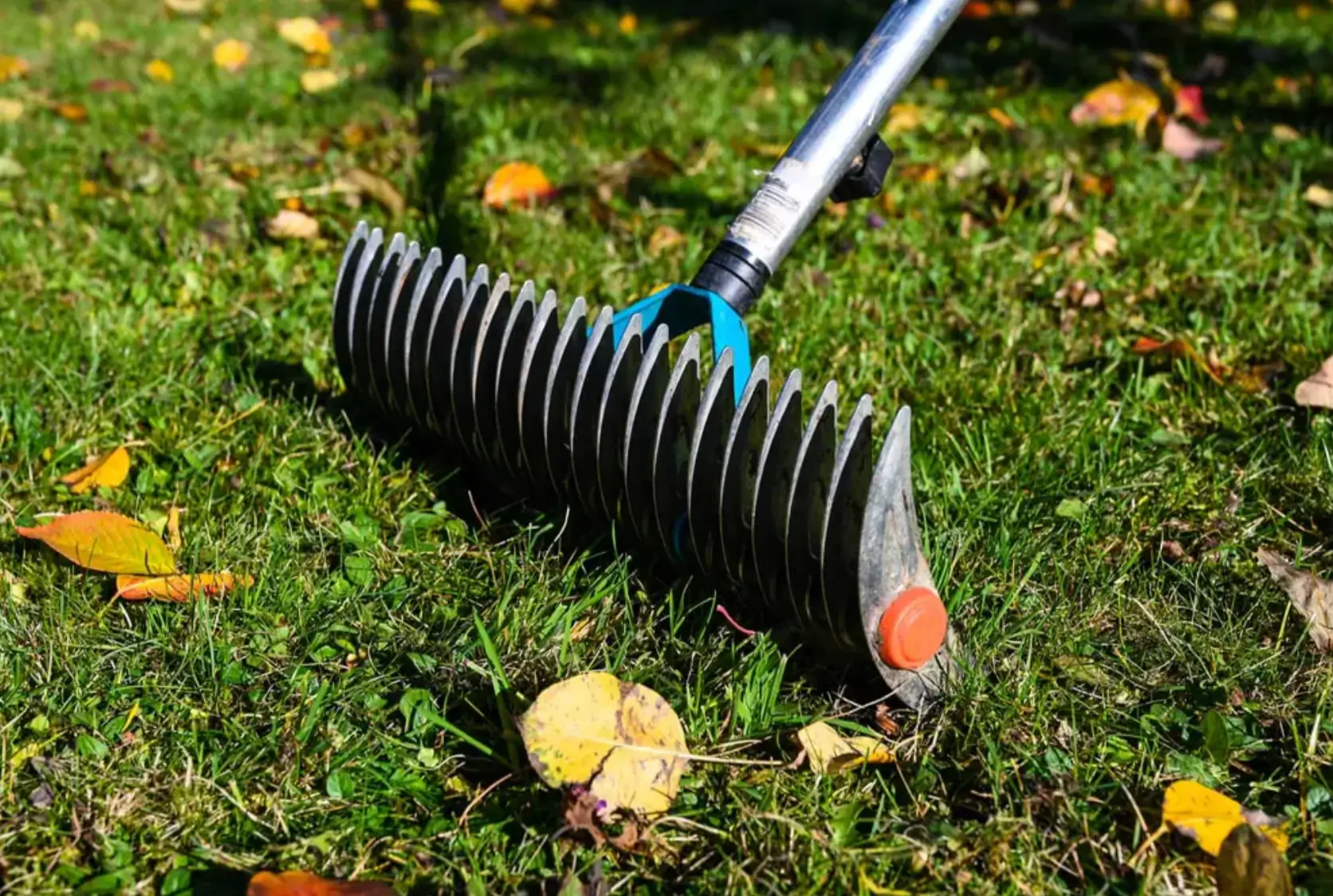
Lawn Care Tips & Maintenance
Victor Miller
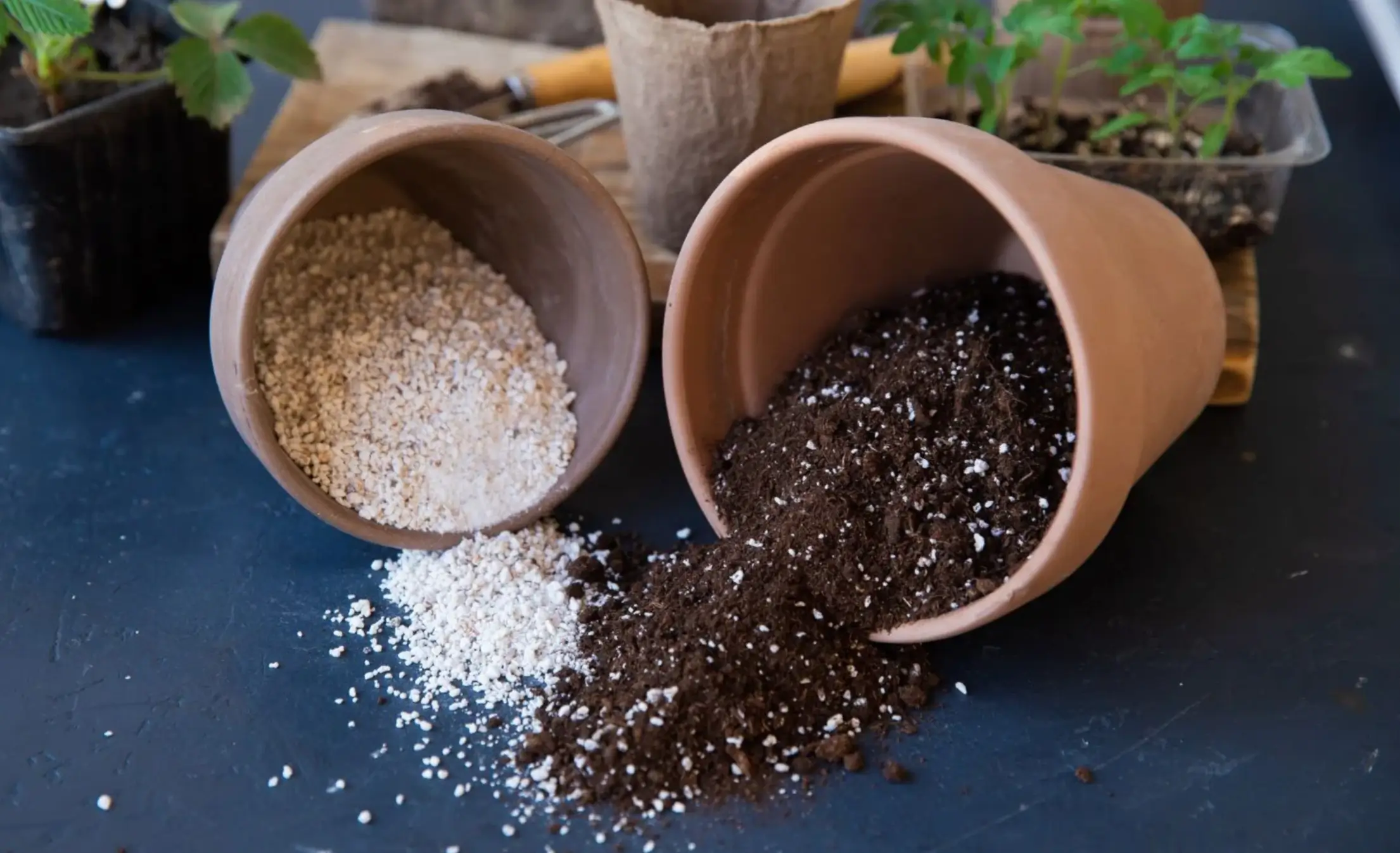
Soil Health & Fertilization
Victor Miller

Smart Irrigation Systems
Victor Miller

Patios, Walkways & Driveways
Victor Miller
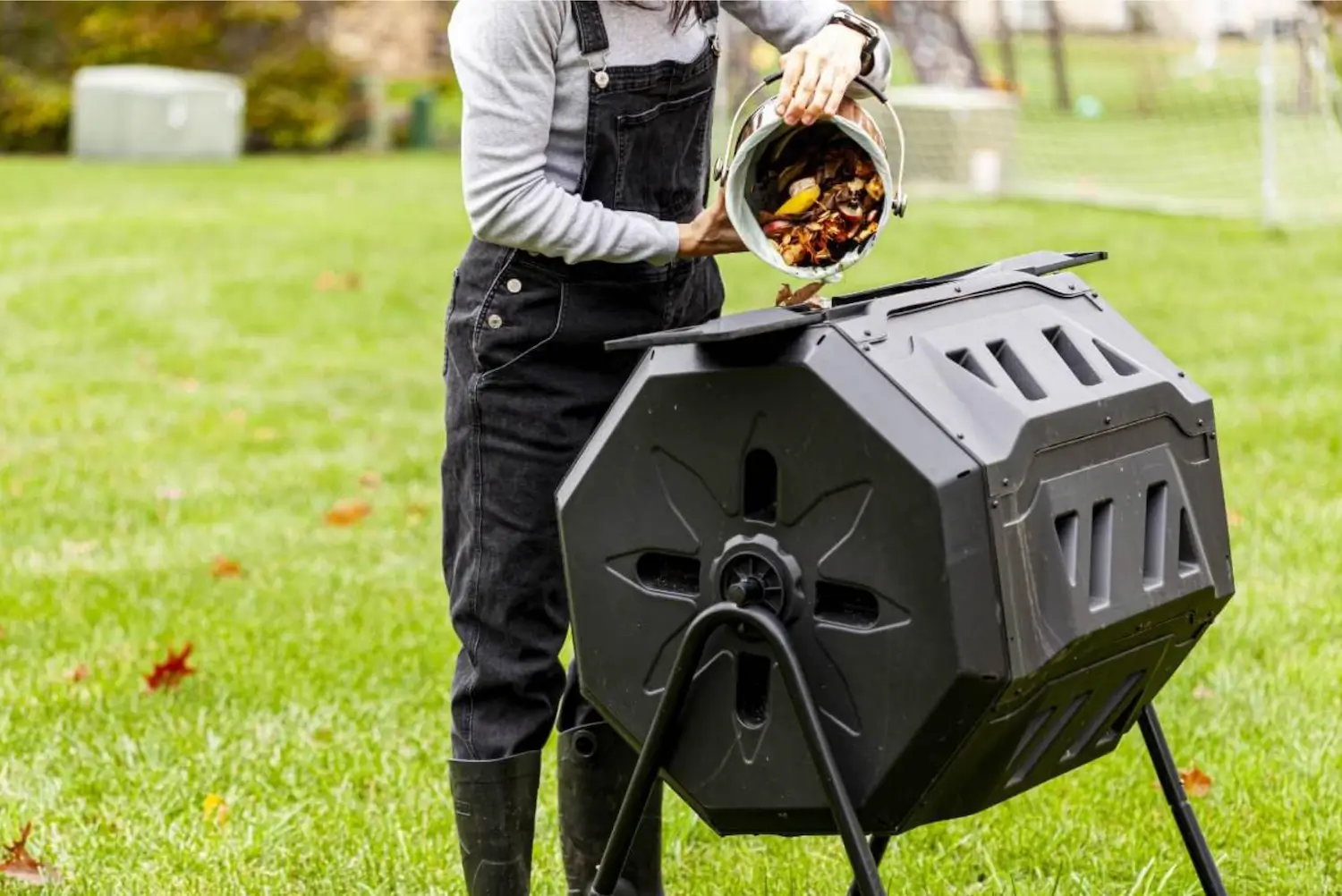
Soil Health & Fertilization
Victor Miller
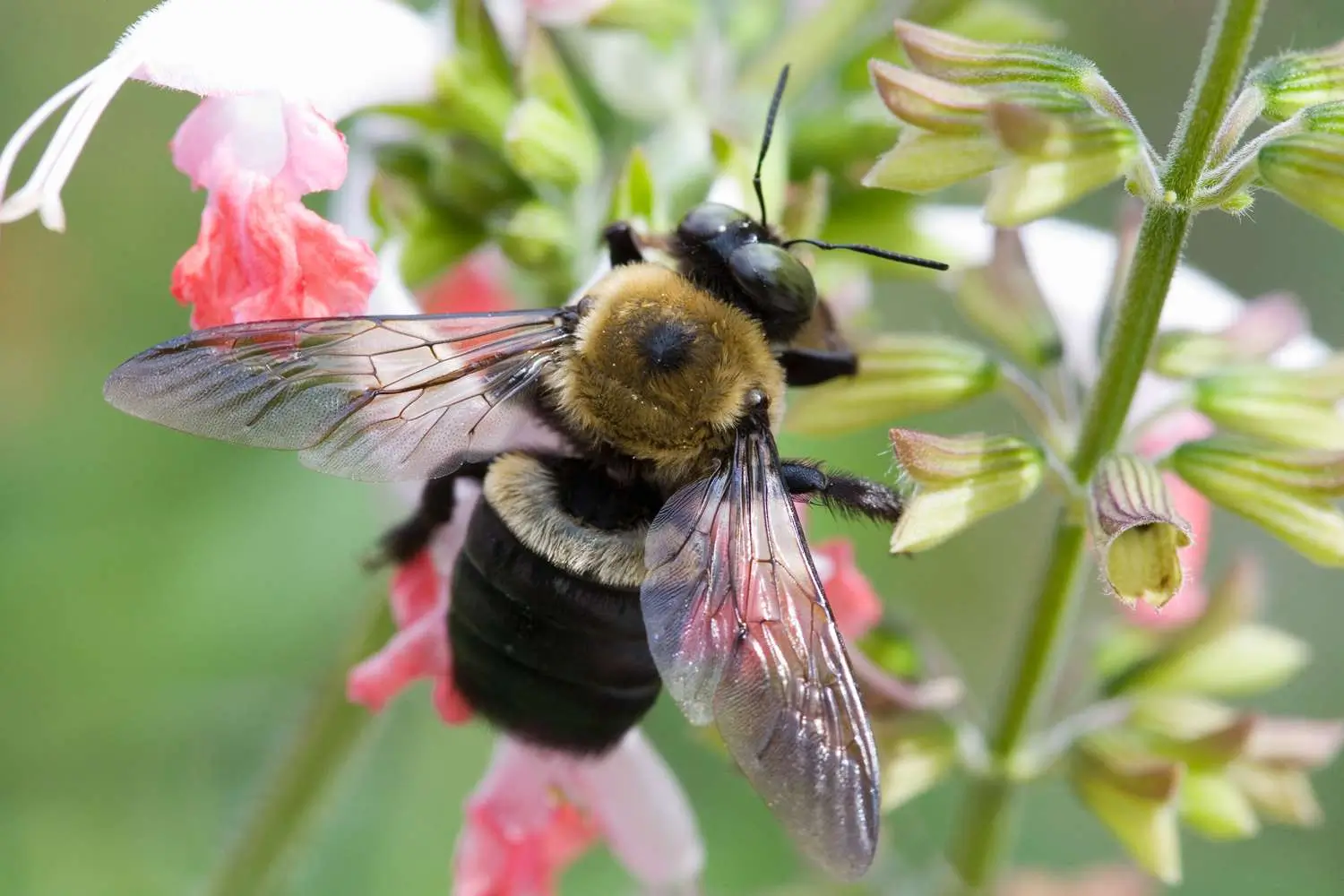
Pest Identification & Prevention
Victor Miller
My Account
Our team is always here to help.
We are open Monday - Friday, 9:00 AM to 4:30 PM PST.
